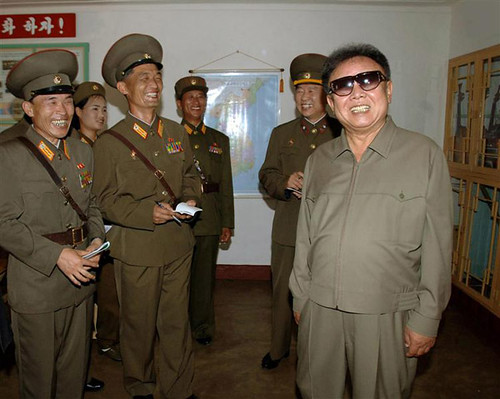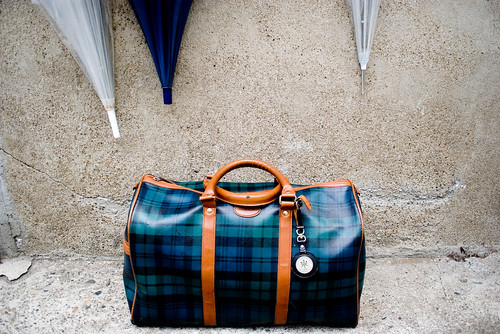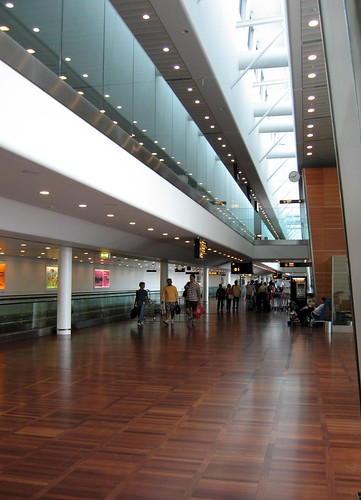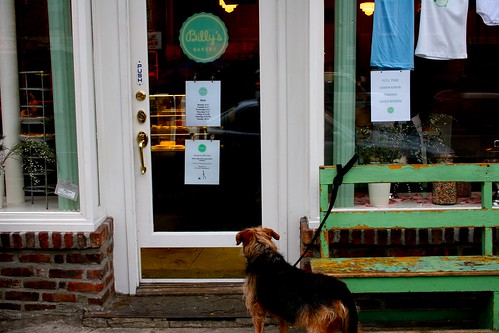
There is one person that we love to turn to in order to find essential insights on life and society in general, that is of course the best-selling author Alain de Botton.
Mr. de Botton has for a long time been a prominent figure in the family around Tyler. Because of that and his impeccable tast in decoration, writing and, of course, life he will be a regular installment in this publication. I’m sure all of our readers are well aware of Mr. de Botton’s lengthy CV but for those of you who are not, let us paint a picture of this exquisite man.
Born on hills of Switzerland, he soon moved to London with his family (including a father that has been generous enough to share his fortune and potentially making the lives of the de Botton family very livable) but it was after graduating from Cambridge he started writing about the small things in life.
As a 23 year old (“while pretending to do a PhD”) he was ready to take on the topic of love, with his first book Essays in Love. The Independent gave it a reasonably fair review: (Mr de Botton has) taken philosophy back to its simplest, most important purpose: helping us live our lives.
With that in the bag he delivers thoughtful truths on a regular basis about topics such as life, architecture, status and travel. In short, the small things in life.
If you need more evidence, dear readers, that he’s almost somewhat of an equal to Tyler, his weekend pleasures includes doing emotional audits of airports and taking courses in luggage handling technique. That my friends is a true Tyler man. As such he has valuable recommendations for a better life:
Pick up any newspaper or magazine, open the TV, and you’ll be bombarded with suggestions of how to have a successful life. Some of these suggestions are deeply unhelpful to our own projects and priorities – and we should take care.
Listen to the advise of Mr. de Botton, we always do.
Mr. de Botton, welcome. It will be a pleasure working with you.









